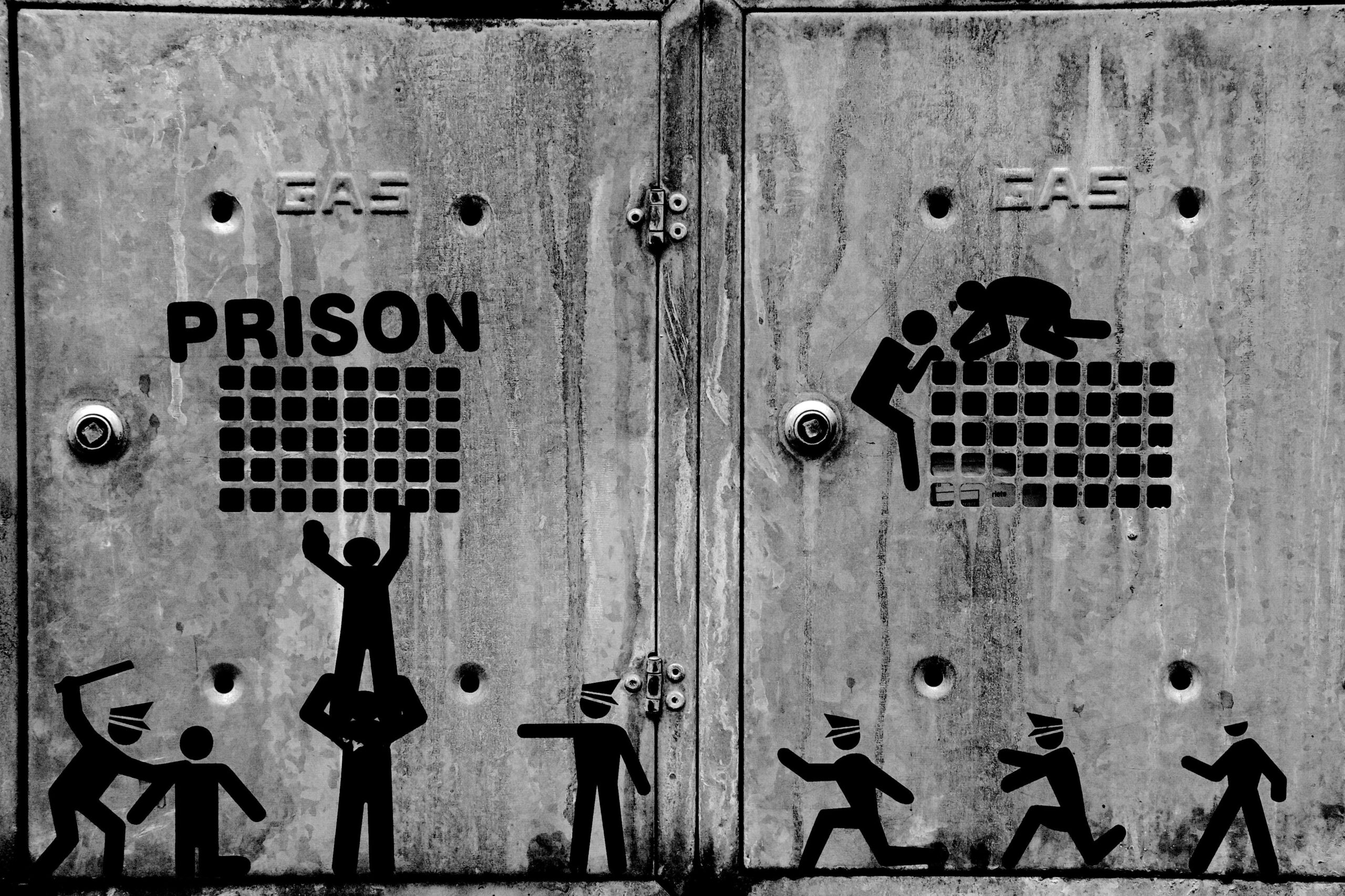When it comes to true crime, few names send chills down the spine quite like Ted Bundy. Behind the headlines and courtroom drama lies a story far darker and more complex than most dare to imagine. Who was the man behind the charm and chilling crimes? What drove him to commit acts so brutal, yet maintain a facade so deceptively normal? In this article, we dive deep into the twisted life of one of America’s most infamous serial killers, unraveling the layers of Ted Bundy’s dark existence to better understand the enigmatic figure lurking in the shadows of his legendary infamy.
Table of Contents
- The Chilling Psychology Behind Ted Bundys Charm and Deceit
- Examining the Timeline of Crimes That Shook a Nation
- How Law Enforcement Finally Closed in on One of Historys Most Elusive Killers
- Lessons Learned and Preventative Measures for Detecting Dangerous Criminal Minds
- Concluding Remarks
The Chilling Psychology Behind Ted Bundys Charm and Deceit
Ted Bundy’s sinister influence stemmed largely from his uncanny ability to manipulate human perception. His charm was not merely a superficial trait but a carefully honed weapon, one that allowed him to disarm suspicion and intertwine his victim’s trust with an eerie sense of safety. Behind his charismatic facade, Bundy employed psychological tactics rooted in his understanding of social cues and human vulnerabilities, enabling him to prey on the empathetic nature of those around him. This complex blend of allure and menace highlights a disturbing duality: a man who could appear so approachable yet conceal such monstrous intent.
The psychological playbook he followed involved several key elements:
- Feigning vulnerability: Bundy often portrayed himself as injured or in distress to elicit compassion and lower defenses.
- Mastery of disguise: He adapted his appearance and behaviors to fit various social contexts, blending seamlessly into different environments.
- Exploiting societal norms: Utilizing the era’s inherent trust in polite, well-mannered individuals, he masked his intentions behind a veneer of normalcy.
- Psychological manipulation: Bundy’s calculated charm extended beyond first impressions, continually manipulating emotions and expectations to maintain control.
These strategies reveal the chilling depth of Bundy’s deceit, exposing a mind that weaponized empathy and trust to devastating effect. The horrific irony lies in how his very skill in human connection became the conduit for cruelty, unmasking a dark, predatory psyche beneath the polished smile.
Examining the Timeline of Crimes That Shook a Nation
Tracing the chilling saga of this notorious figure reveals a pattern as complex as it is horrifying. Starting in the mid-1970s, his audacity escalated swiftly, leaving communities across multiple states on edge. His ability to blend into everyday society while orchestrating darkness in the shadows created a stark contrast that fascinated and terrified the public alike. Key moments marked the timeline:
- Initial disappearances: Young women vanished from campuses and roadside stops, sparking media frenzy and widespread panic.
- First confirmed attacks: Brutal assaults that revealed a calculated and manipulative predator beneath the charming facade.
- Arrests and escapes: Breathtaking jail breaks that further cemented his infamous legacy and strained law enforcement efforts.
- Final capture and trial: A courtroom drama that captivated the nation and exposed the depths of his depravity.
Behind each headline, the timeline weaves a story of meticulous planning and cold-hearted cruelty, making it difficult to separate myth from reality. Yet, it is this very timeline that allows us to dissect and understand the complex psychological profile of a man who remains one of history’s most perplexing criminals. Each phase offers critical insights into his methodology, motivations, and the societal impact that still echoes today. The timeline stands not just as a chronology of crimes, but as a somber reminder of how darkness can often wear a mask of normalcy.
How Law Enforcement Finally Closed in on One of Historys Most Elusive Killers
For years, Ted Bundy managed to elude the grasp of law enforcement, thriving in the shadows of multiple states and exhibiting an uncanny ability to vanish without a trace. The breakthrough came not from a single stroke of luck, but through persistent cross-jurisdictional collaboration and meticulous detective work. Investigators pieced together disparate clues—from witness descriptions to forensic evidence—forming a profile that zeroed in on Bundy’s unique modus operandi. A pivotal moment was the utilization of composite sketches combined with strategic stakeouts around known abduction sites, which gradually tightened the noose around this phantom predator.
Key factors in sealing Bundy’s fate included:
- Interstate cooperation: Law enforcement agencies shared intelligence and compared case files across borders, recognizing the pattern of Bundy’s crimes.
- Forensic advancements: The emerging use of bite mark analysis linked Bundy conclusively to victims, reinforcing the mounting evidence.
- Public vigilance: Tips from citizens who encountered Bundy’s charm but sensed something off helped focus police efforts.
This multi-layered approach combined patience, innovation, and a relentless pursuit of justice, transforming what seemed like a ghostly enigma into one of the most infamous criminal profiles in history.
Lessons Learned and Preventative Measures for Detecting Dangerous Criminal Minds
Examining the chilling case of Ted Bundy teaches us that early warning signs often lurk beneath the surface of seemingly normal behavior. Recognizing patterns such as manipulation of trust, the use of charm to disarm victims and peers, and an underlying thirst for control can be pivotal for early detection. Mental health professionals and law enforcement can benefit from interdisciplinary approaches that combine behavioral psychology with modern forensic technology, allowing for quicker identification of potential threats before they escalate. Moreover, public awareness plays a critical role; educating communities about subtle red flags and encouraging vigilance without fostering paranoia is essential in crafting a society that can both protect and rehabilitate.
Preventative measures also depend heavily on systemic changes, including improved background screening processes and better communication between agencies. Incorporating AI-driven analytics to monitor behavioral data trends from social media and public records could offer new preventative avenues. Additionally, fostering a culture that emphasizes empathy and mental health support, rather than mere punishment, might disrupt the cycle that breeds dangerous criminal minds. To this end, collaboration between educators, law enforcement, and psychologists is crucial to design intervention programs that address root causes before criminal impulses materialize into tragic outcomes.
Concluding Remarks
As we close the chapter on Ted Bundy’s chilling story, we are left grappling with the complex layers of a man who baffled both law enforcement and the public alike. Unraveling the dark life behind his infamous crimes doesn’t just satisfy morbid curiosity—it pushes us to confront uncomfortable questions about evil, manipulation, and the fragility of trust. While Bundy’s name remains etched in the annals of true crime history, understanding the depths of his actions reminds us that sometimes, the darkest shadows can lurk behind the most familiar faces. What other secrets lie hidden in the minds of those we think we know? Only time—and continued exploration—will tell. Until then, stay curious.











